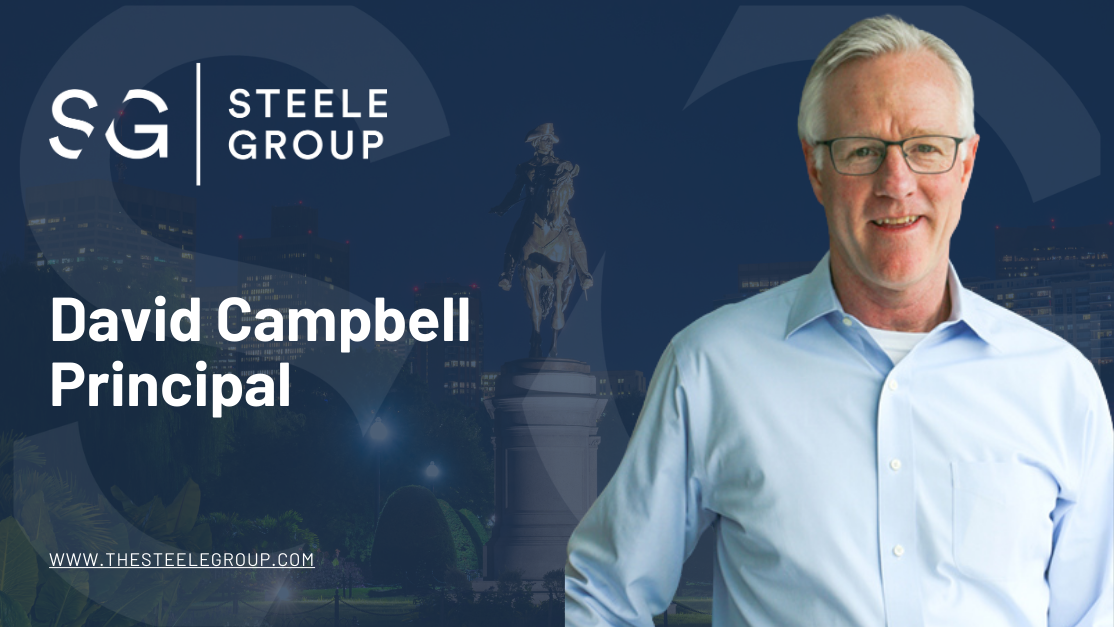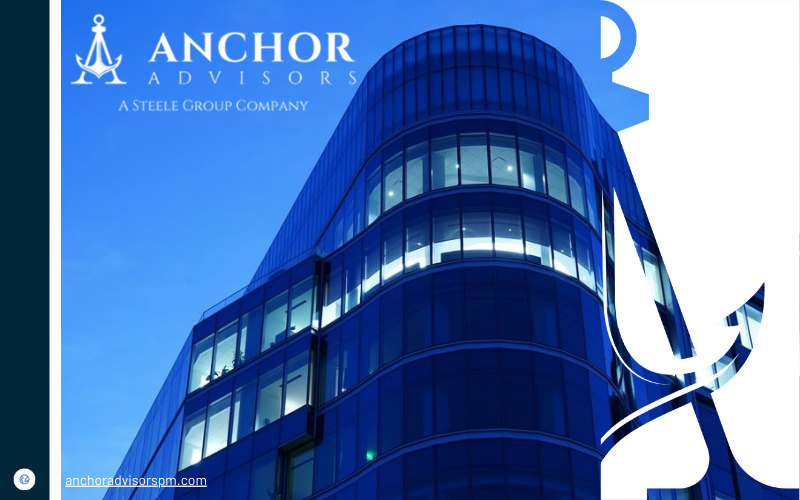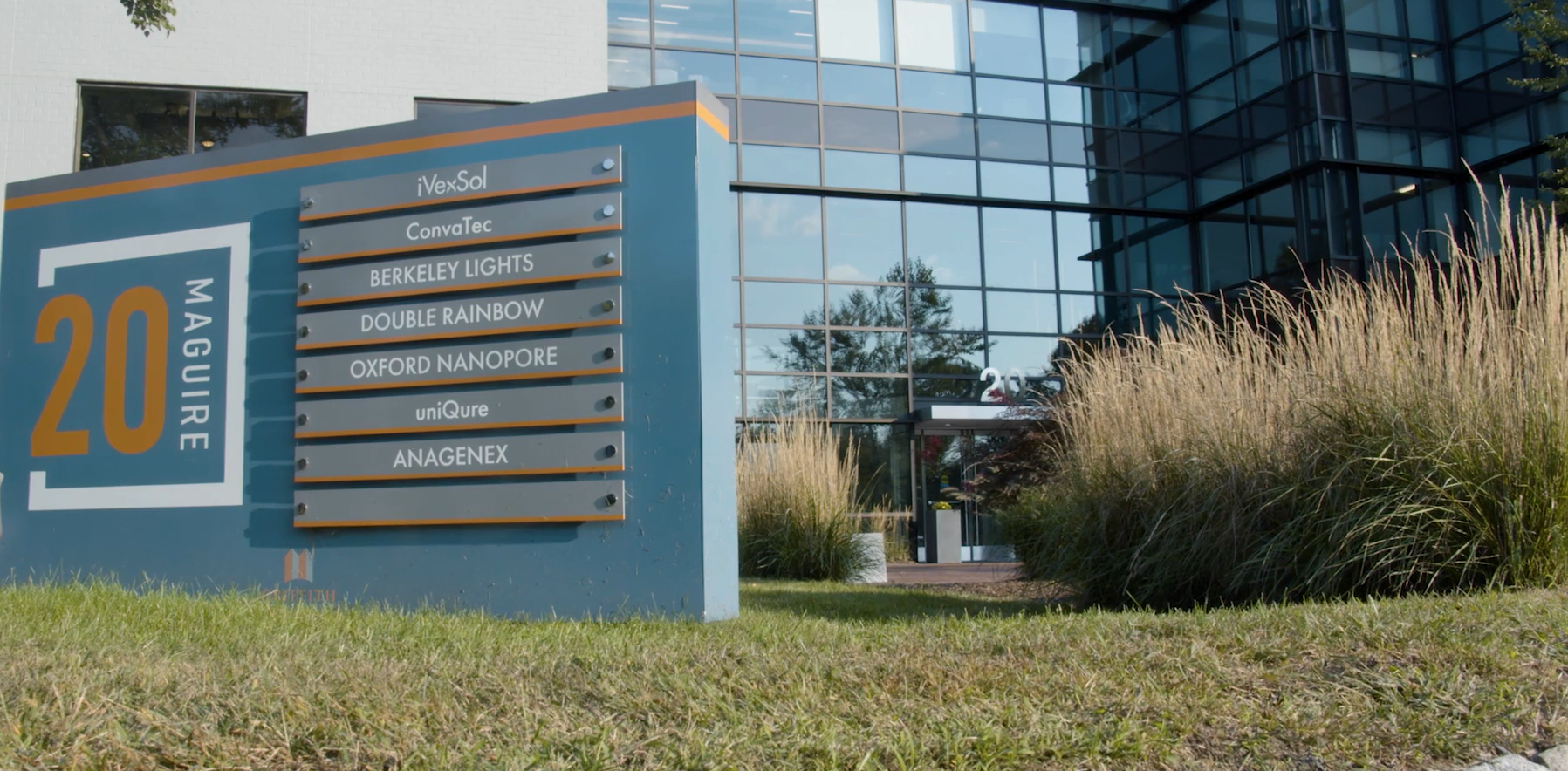Commercial real estate enables an organization to transform space into an asset where it can design, create and distribute its products and services. Whether the product is knowledge based or physical, there is some element of commercial real estate that is required for the company to execute on its mission. Strategic Real Estate planning is simply a matter of identifying and understanding the business requirements and translating them in a real estate solution that amplifies operational efficiency and workplace engagement.
Real estate planning can be boiled down to an algorithm based on the business drivers and a healthy understanding of how people function and want to be treated. Office workers need a certain amount of the appropriate space, supporting tools and inspiration to do their work. Quantify the quantifiable components, do the math and voila, that’s how much office space a company needs. Ditto for logistics and distribution space. Identify and understand the product shapes, sizes and numbers, where they come from and where they go, and run a network optimization model to tell you where to place the facilities, how large they should be, and what supporting infrastructure is needed. The same goes for data centers, manufacturing spaces, retail outlets, etc. Once the real estate requirements are defined, the company can go out and lease or build them. Easy right?
Although real estate planning is that straight forward in theory, in practice it gets messy like most things in life. Here are a few things I have learned over the years that may help your organization or clients successfully deliver the best possible real estate solutions.
- Defining the requirement – Beware of bias when interviewing department heads to understand their business requirements. For example, nearly everyone “believes” the curve for “their” piece of the business is on northeast slope and will continue that way. Contraction or elimination of their function is not in their psyche, even when the evidence is clear. Be sure to explicitly test biases and look at downsides and externalities that can change the future and develop alternative scenarios to fold into your strategy. Growth-projection data and understanding changing customer demands can be valuable in defining requirements without biases.
- Optionality – “The only thing you know for certain is your assumptions are wrong”. I often repeat this line in the financial analysis classes I teach. Commercial real estate is affected by a mercurial blend of changing business requirements, markets, economic cycles, fiscal policies, consumer trends, human resources, local events, weather, etc. Real Estate plans, like chess, are not a perfectly scripted set of moves that get you to the promised land but rather, a decision-making framework that adapts to evolving circumstances. Of course, a good strategic plan or chess match has a few starting moves; 1.e4 (the King’s Pawn Opening) or 1.d4 (the Queen’s Pawn Opening) or Build in City X or Lease in City Y. However, you probably can’t stick to a 10-move chess strategy unless your opponent naively makes the 10 response moves you predicted. The real estate plan also needs to adapt to sometimes unpredictable changes and the more options that are hardwired into the plan, the better the chances for success.
- Sharpen the Saw – As one of the 7 habits Steven Covey expressed in his book, revisiting and renewing the plan is paramount. “Set it and forget it” is a sure-fire way to have a real estate plan that becomes out of alignment and possibly holds the business back. Everything changes all the time so keeping the pulse on the real estate portfolio with at least annual performance reviews across the relevant real estate and business KPI’s is a best practice.
- Engage Workers as Humans –While understanding employees’ functional needs can feel like a science, understanding their human needs is far more of an art. Despite the difficulty, we often advise TSG clients to incorporate a base-line understanding of their team as people in their Real Estate plans. Human emotions are possibly the greatest variable in the known universe, and getting it right 100% of the time is just not possible. Be sure to engage with the other influencers of the workforce (i.e. HR, Operations, IT, Leadership) to include their contributions to the overall employees experience. Your employees, after all, are your most valuable asset. No Real Estate or business plan would be complete without taking them into account.
My recent golf partner reminded me of a British military adage, the Seven P’s. Keep them in mind as you plan your commercial real estate.









